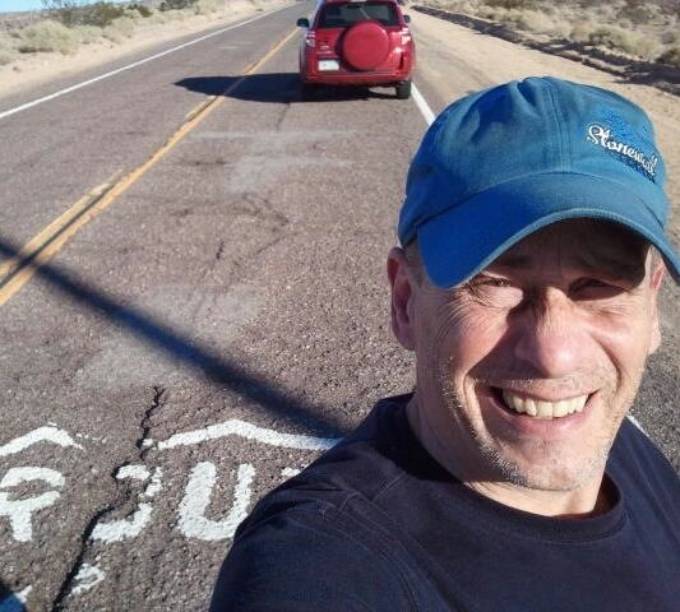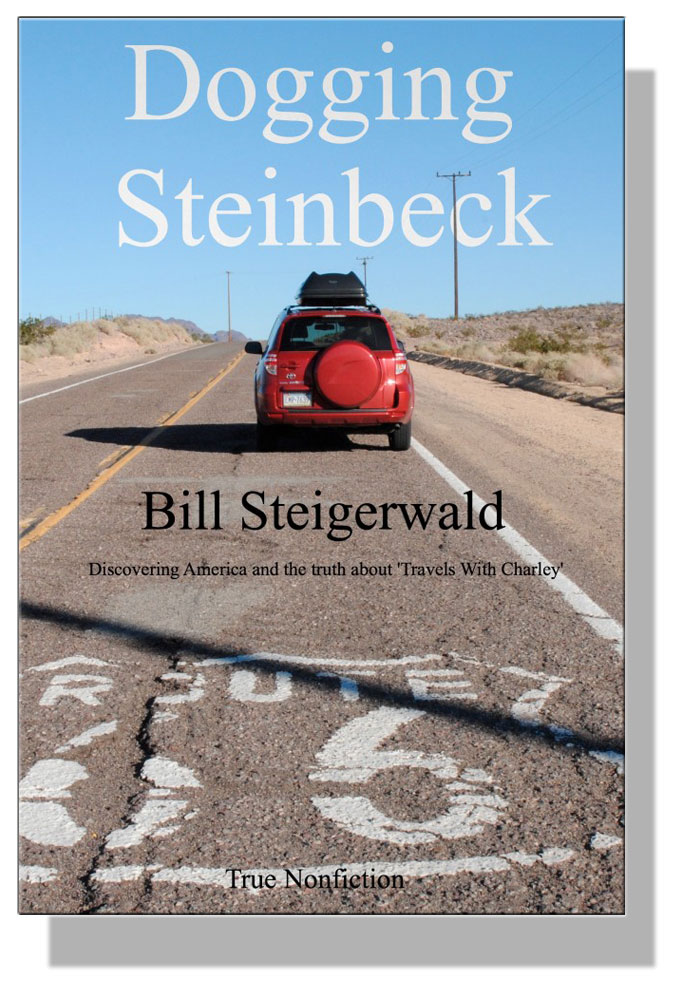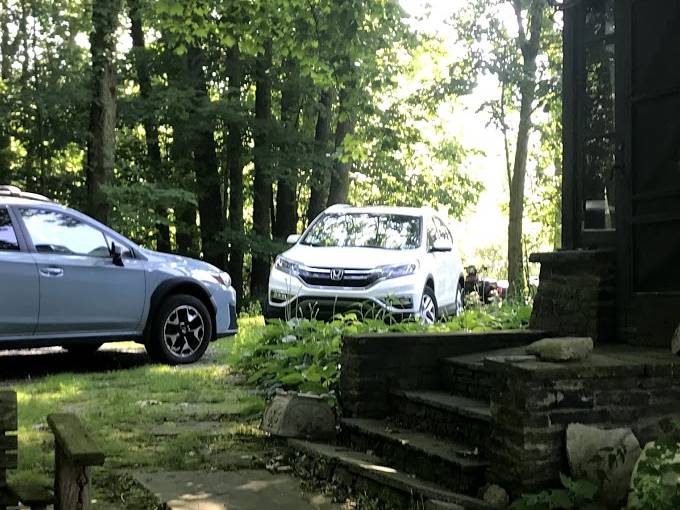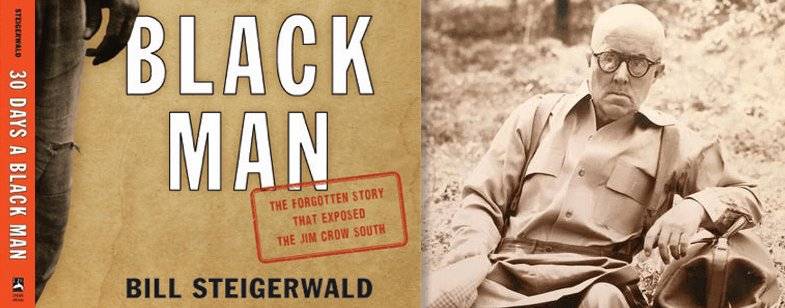I’m a very lucky man.
Living in an old money-pit at the top of a hill in the woods and having no neighbors was always a sweet deal for an underpaid Pittsburgh newspaper journalist.
But in the medical and political madness of our times, they have become priceless gifts.
When summer is in full swing my 12 acres are ridiculously green and lush. I like to say it’s like being in Vietnam, but I have no idea what I’m talking about because I dodged that jungled corner of the world half a century ago.
On any given morning here in Western Pennsylvania, my Montana-raised wife Trudi and I can look out one of our 20 oversized windows and see a Disneyland of birds, chipmunks, rabbits, squirrels, groundhogs, and deer. In the spring and fall, wild turkeys parade past my house. Where they spend their summers I don’t know.
Birds are everywhere. They wake us up at dawn and dart through the under-story all day. Turkey vultures circle silently above our 1938 vintage metal roof. Robins and doves have built nests in the crooks of our rain gutters. Woodpeckers have drilled holes in our ancient redwood siding for their homes.
The young Rough-Legged Hawk that flashed by our kitchen window and snatched a baby dove from its nest last month has moved on to tougher prey. At night we hear the local gang of coyotes howling and yapping, but during the day they are as invisible as the owls hooting somewhere in the dark.
Living in the woods in an old house means coexisting with nature—literally. It’s not just spiders, ants, and stink bugs. At one time or another, our uninvited house-guests have included birds, bats, frogs, toads, mice, snakes, and a teen-age raccoon who came in a kitchen window and thought it could live behind the cereal boxes.
During our pandemic and national shutdown, I’m even more blessed to be living in Penn’s Woods. For some strange reason unknown to the disease experts Pittsburgh and the western half of the state were spared the worst of the COVID-19.
In my largely rural, natural gas-fracking county 20 miles south of Pittsburgh, where 220,000 Flyover People live, we’ve had six deaths from COVID-19. Philly on the East Coast was hit hard, but there have been fewer than 200 deaths in Allegheny County, where Pittsburgh and 1.3 million Steelers-worshippers are located. More than half of the area’s COVID-19 deaths have been in nursing homes and, like everywhere else, only a handful have been under 70.
Despite Pittsburgh’s relative good luck, the governor’s sweeping shutdown of the state quickly ended my career as a weekend Uber driver. As a worker in the transportation sector, I was deemed by the people in charge to be essential. But closing downtown offices, restaurants, bars, sporting events, and all nightlife in mid-March wiped out 90 percent of Uber’s customers. The evidence—two leased vehicles that rarely leave—sits in our driveway.
Miraculously, my potential financial disaster turned into a windfall when 1099-contract workers whose jobs were wiped out by COVID-19 were made eligible to receive $600 a week under the federal Coronavirus Aid, Relief, and Economic Security (CARES) Act.
I wish I could say I’ve been using my government-paid vacation to write another book or catch up on my Cicero or Saroyan. But mostly I’ve been mowing my weedy token lawn, playing golf twice a week, and wasting time ranting and raving about political things I can do nothing about on Facebook and Twitter.
But I haven’t been a total bum for three months.
I’ve been trying to get Hollywood interested in my tragically overlooked 1948 Jim Crow history book, 30 Days a Black Man, which I hope Netflix will make into a series co-starring Jeff Daniels and Denzel Washington.
On my website I posted the original newspaper series in the Pittsburgh Post-Gazette that 30 Days is based on. In 1948, star newspaperman Ray Sprigle collaborated with the NAACP of Walter White and pretended to be a black man in the Deep South for a month.
Sprigle shocked the oblivious white North with his angry, powerful, nationally syndicated account of the oppression, discrimination, and humiliation 10 million blacks suffered every day under Old Jim Crow. Sadly, his mostly forgotten series about life in America’s apartheid is timely as hell.
And oh yeah.
I also put together a small Kindle book called Chasing Steinbeck’s Ghost, which is a time-and-place-line of the 10,000-mile road trip Steinbeck took in the fall of 1960 for Travels with Charley.
Ten years ago in September I retraced Steinbeck’s route as faithfully and accurately as possible for what became my 2013 nonfiction book Dogging Steinbeck.
The Chasing Steinbeck’s Ghost timeline is as accurate as I could make it. It includes a bunch of photos I took of such things as Steinbeck’s Sag Harbor home, the trendy places he hung out at in San Francisco, and the big ranch in Texas where he and Elaine spent Thanksgiving.
There also are a few excerpts pulled from Dogging Steinbeck about some of the many fictions and fibs Steinbeck and his editors at Viking Press slipped into what until I came along 50 years later was marketed and taught as a work of nonfiction.
I hope my little guide doesn’t ruin the fun for others who want to follow Steinbeck’s tire tracks. Traveling around the USA to see America and meet Americans—post-COVID 19, of course—is a road trip everyone should experience at least once.







